Before buying a new motorcycle, consider your budget and riding needs. Assess the bike’s size, type, and maintenance costs.
Embarking on the journey of purchasing a new motorcycle can be exhilarating yet daunting. Your initial steps should navigate through financial constraints and personal requirements. The market offers a diverse range of motorcycles, each with its unique features and price points.
Prospective buyers must evaluate the intended use, whether for daily commuting, long-distance touring, or off-road adventures. The decision greatly impacts your choice in engine size, model, and comfort levels. Additionally, potential owners should factor in the ongoing costs associated with motorcycle ownership, such as insurance, fuel efficiency, repair, and maintenance.
Safety features and the availability of spare parts in your region should also influence your choice. Choosing a bike that aligns with your skill level is critical to ensure a safe and enjoyable riding experience. Let’s throttle up to find the motorcycle that best fits your lifestyle and passion for the road.
Table of Contents
Assessing Your Riding Needs
When choosing a new motorcycle, understanding your riding needs is crucial. Different bikes cater to different lifestyles and purposes. To pick the perfect ride, consider the following aspects.
City Commuting Or Long-distance Journeys
City riders need motorcycles that are agile and easy to handle.
Look for bikes with:
- Lightweight frames
- Good fuel efficiency
- Nimble steering for traffic
Long-distance enthusiasts prioritize comfort and storage.
Consider motorcycles with:
- Comfortable seating
- Powerful engines for highways
- Luggage compartments
Solo Rides vs. Passenger Considerations
Solo Rides Vs. Passenger Considerations
For solo riders, a light, snappy bike suits well.
Riding with passengers demands a different approach. Aim for bikes that feature:
- Stronger suspension
- Larger seats and footpegs
- Durable frame

Credit: www.reddit.com
Setting A Budget
Imagine finding the perfect motorcycle. Before dreaming of the open road, let’s talk numbers. Setting a budget is crucial. You don’t want cost surprises, right? Keep a smart budget in mind.
Initial Purchase Price
This is the sticker price. Think beyond it. Remember, there are extras. Taxes, fees, gear, and insurance add up. Plan for the total cost, not just the bike’s price.
- Dealer Fees: Necessary, so check them.
- Sales Tax: It varies, so calculate it.
- Registration: Government charges this, so include it.
- Protective Gear: A must-have, so don’t skip it.
Ongoing Maintenance Costs
Maintenance keeps your ride smooth. It’s an ongoing expense. Tires, oil changes, and brakes cost money. Think long-term. Include this in your budget.
| Item | Regular Cost |
|---|---|
| Tires | Every few thousand miles |
| Oil Change | Every few months |
| Brake Pads | Depends on usage |
Regular check-ups prevent big bills later on. So, plan for maintenance just like you plan for fuel.
Choosing The Right Type Of Motorcycle
Riding a motorcycle offers an incredible sense of freedom and exhilaration. But before feeling the wind on your face, choosing the right type of motorcycle is crucial. This choice affects your riding comfort, safety, and overall satisfaction. Each type caters to different preferences and needs. Let’s delve into the options to find your perfect match.
Sport Bikes For Speed And Agility
Sport bikes are built for thrill-seekers. Known for their high performance and sleek design, they feature powerful engines and lightweight frames. Before buying one, consider:
- Can you handle quick acceleration and sharp turns?
- Will you ride mostly on highways and paved roads?
- Is your priority speed over comfort for long rides?
Cruisers For Comfort And Style
Cruisers embody the classic motorcycle look. They offer a relaxed riding position and a lower seat height. They’re ideal for leisurely rides and customization. Keep these points in mind:
- Are you looking for a bike easy on your back and arms?
- Do you prefer a laid-back ride to a fast-paced one?
- Is style as important to you as functionality?
Touring Bikes For Long-distance Travel
Touring bikes are the ultimate road companions for long journeys. They excel in comfort and cargo space. They’re equipped with features that make long rides easier, such as:
| Feature | Benefit |
|---|---|
| Windshields | Reduce air pressure |
| Large fuel tanks | Less frequent stops |
| Comfortable seats | Prevent rider fatigue |
When considering a touring bike, ask yourself:
- Will you travel great distances?
- Do you need plenty of storage for gear?
- Is passenger comfort a priority?

Credit: www.rideapart.com
Considering Engine Size And Power
Choosing the right engine size and power for your new motorcycle is crucial. Your bike’s engine determines not only your ride’s performance but also impacts your comfort and safety on the road. Bigger engines offer more power, ideal for highway riding and longer distances. On the other hand, smaller engines can be more fuel-efficient and easier to handle, perfect for city commutes.
Beginner-friendly Options
If this is your first motorcycle, consider starting with a smaller engine. Engines ranging from 250cc to 500cc are great for learning. These bikes are more forgiving and easier to control, which helps build riding confidence.
- Lightweight and manageable: Easier for you to handle and maneuver.
- Cost-effective: Usually less expensive in terms of purchase price and insurance.
- Lower power: Provides a more controlled riding experience for novices.
Advanced Models For Experienced Riders
Experienced riders might look for engines above 600cc. These advanced models offer higher performance and can cater to specific riding styles like touring, sport riding, or off-roading.
| Engine Size (cc) | Typical Use | Benefits |
|---|---|---|
| 600cc – 1000cc | Sport riding, Touring | Power for acceleration, speed, long-distance comfort |
| 1000cc and above | High-performance, Specialized riding | Top-notch power and speed for experienced riders |
When looking at higher-powered bikes, consider your experience. You should feel comfortable and in control at all times. Bikes with larger engines are heavier and more powerful, necessitating advanced riding skills.
Exploring Brand Reputation And Reviews
Welcome to the crucial part of deciding on your next two-wheel companion: Exploring Brand Reputation and Reviews. This step is about digging into the past experiences of those who have gone before you. Understanding a brand’s standing and the experiences of others can be pivotal in making a wise purchase.
Popular Manufacturers And Their Track Records
When it comes to motorcycles, not all brands are equal. Some have withstood the test of time with consistent quality and innovation. Others may offer affordable prices but come with reliability concerns. It’s important to do your homework.
| Brand | Known For | Years in Business |
|---|---|---|
| Honda | Reliability, resale value | Over 70 |
| Yamaha | Performance, variety | Over 65 |
| BMW | Luxury, technology | Over 100 |
| Harley-Davidson | Iconic style, heritage | Over 115 |
Utilizing Community Feedback And Testimonials
Community feedback and testimonials offer real-world insights. They come from people who have used the motorcycles daily. Make sure to visit forums, online groups, and review platforms.
- Read through user reviews for common praise and complaints.
- Notice patterns in feedback which could indicate consistent issues or strengths.
- Seek out long-term ownership testimonials for a clearer reliability picture.
- Check various sources for a well-rounded view.
Pro tip: Don’t rush this process. Take time to understand the collective voice of the community. It may steer you towards or away from your initial choices.
New Vs. Used Motorcycles
Stepping into the world of motorcycling can be thrilling. A vital decision is choosing between a brand new motorcycle or a pre-loved machine. This choice affects not just your wallet, but also your riding experience. Let’s consider the factors of both options.
Benefits Of Buying New
Nothing beats the feeling of being the first owner of a shiny new motorcycle. Untouched, it comes with the promise of the latest technology and peak performance.
- Latest Features: Ride with cutting-edge tech and designs.
- Warranty Protection: Enjoy peace of mind with manufacturer support.
- No Wear and Tear: Experience a bike in perfect condition.
- Finance Options: Benefit from attractive financing from dealerships.
- Personalization: Choose colors and features to fit your style.
Advantages Of Choosing Used
A used motorcycle has a story and allows you to make your next chapter with a smaller investment. Let’s dive into the perks of opting for a used ride.
| Advantage | Description |
|---|---|
| Lower Cost: | Save money upfront and on insurance. |
| Depreciation: | Less loss as bikes lose value fastest in initial years. |
| Variety: | Wide range of models and years to choose from. |
| Community Insight: | Access to reviews and long-term performance data. |
| Upgrades: | Often comes with previous owner improvements. |
Motorcycle Ergonomics And Fit
Choosing a new motorcycle is thrilling. But it’s not just about looks and power. Ergonomics and fit matter most. Here’s what to check for the perfect ride. Comfort equals control and pleasure on long journeys.
Seat Height And Comfort
For safe riding, feet should touch the ground when you stop. Seat height is key. It can boost confidence, especially for new riders. Check these points:
- Sit on the bike: Can you plant both feet flat?
- Standover height: Is there space between you and the seat?
- Seat padding: Does it feel comfy for more than 10 minutes?
Match seat height to your inseam length. Adjustments may be possible with different seats or suspension mods.
Handlebar Reach And Foot Peg Positioning
Handlebars and foot pegs affect posture and comfort. Keep them in mind:
- Rider triangle: Imagine a triangle formed by seat, handlebars, and pegs. This shapes your ride posture.
- Handlebar reach: Can you reach them without slouching?
- Foot pegs: Are they too high or too far? Knees should bend comfortably.
Make sure you can access controls easily. You shouldn’t stretch or strain.
Riding is about joy and comfort. Test ride different models. Focus on how the bike feels. A bad fit can ruin the experience. A proper fit makes every ride memorable.
Safety Features And Gear
Before you rev the engine on your brand new motorcycle, prioritize your safety. Pairing your bike with the right safety features and gear is a must. It shields you from the elements and enhances your visibility on the road.
Essential Protective Equipment
Head-to-toe protection is vital for every ride. Here’s a checklist of the basic gear:
- Helmet: Choose a full-face helmet for the best protection.
- Jacket: A reinforced motorcycle jacket safeguards your upper body.
- Gloves: Wear gloves to protect your hands and improve grip.
- Pants: Special motorcycle pants protect your legs.
- Boots: Motorcycle boots secure your feet and ankles.
Advanced Motorcycle Safety Technologies
Modern motorcycles boast innovative safety tech. Here are features to look for:
| Technology | Benefit |
|---|---|
| ABS | Prevents wheel lock during braking. |
| Traction Control | Reduces slipping in adverse conditions. |
| Rider Modes | Adjusts bike’s behavior to fit riding conditions. |
| LED Lighting | Improves visibility for the rider. |
Insurance And Registration Requirements
Welcome to the essential guide for every bike enthusiast looking to purchase a new motorcycle. Before riding off into the sunset, it’s vital to tackle the less exciting, yet crucial aspects of ownership: insurance and registration requirements. Missteps here could lead to legal headaches and financial woes. Let’s navigate these waters.
Understanding Policy Options
Motorcycle insurance policies vary widely. Exploring options ensures you find a perfect fit. Coverage comes in many forms:
- Liability Insurance – covers damages you cause to others.
- Collision Insurance – pays for your bike’s repairs.
- Comprehensive Insurance – protects against theft and non-collision damage.
Each state has minimum insurance requirements. Consult with insurance carriers to get a package that safeguards your ride and meets legal standards.
Legal Requisites For Riding
Before hitting the road, understanding your state’s registration laws is non-negotiable. Securing proper documentation proves ownership and allows law enforcement to identify your vehicle. This process typically involves:
- Submitting a signed title and bill of sale.
- Paying a registration fee.
- Passing emissions tests, if applicable.
Taking the time to fulfill these steps ensures you ride legally and without worry. Avoid penalties by staying ahead with timely renewals. Remember, riding without valid paperwork is never worth the risk.
Test Riding Before Purchase
Test riding a new motorcycle stands as a critical step in the buying process. Feel the bike’s response. Notice every detail. This decision shapes your riding experience. It ensures the ride matches your expectations and needs. Get ready to take the plunge. Focus on how the bike handles and connects with you.
Scheduling Test Rides
Start by contacting local dealers. They plan test ride events. You may book a private session. Check the weather forecast. Choose a clear day for the best experience. Confirm the date and time. Mark your calendar.
What To Look For During A Test Ride
- Comfort: Position yourself. Is the seat right? Can you reach the controls easily?
- Handling: Notice the steering. Is it smooth? Does the bike stay stable through turns?
- Braking: Apply the brakes. Are they responsive? Do you feel secure?
- Power: Accelerate. Is the power delivery smooth? Does the engine perform well?
- Suspension: Drive over bumps. How does the bike absorb them? Are you comfortable?
- Noise: Listen to the engine and wind noise. Is it acceptable at different speeds?
Make notes or mentally mark important aspects during your ride. Reflect on these points post-ride. They shape your final choice.
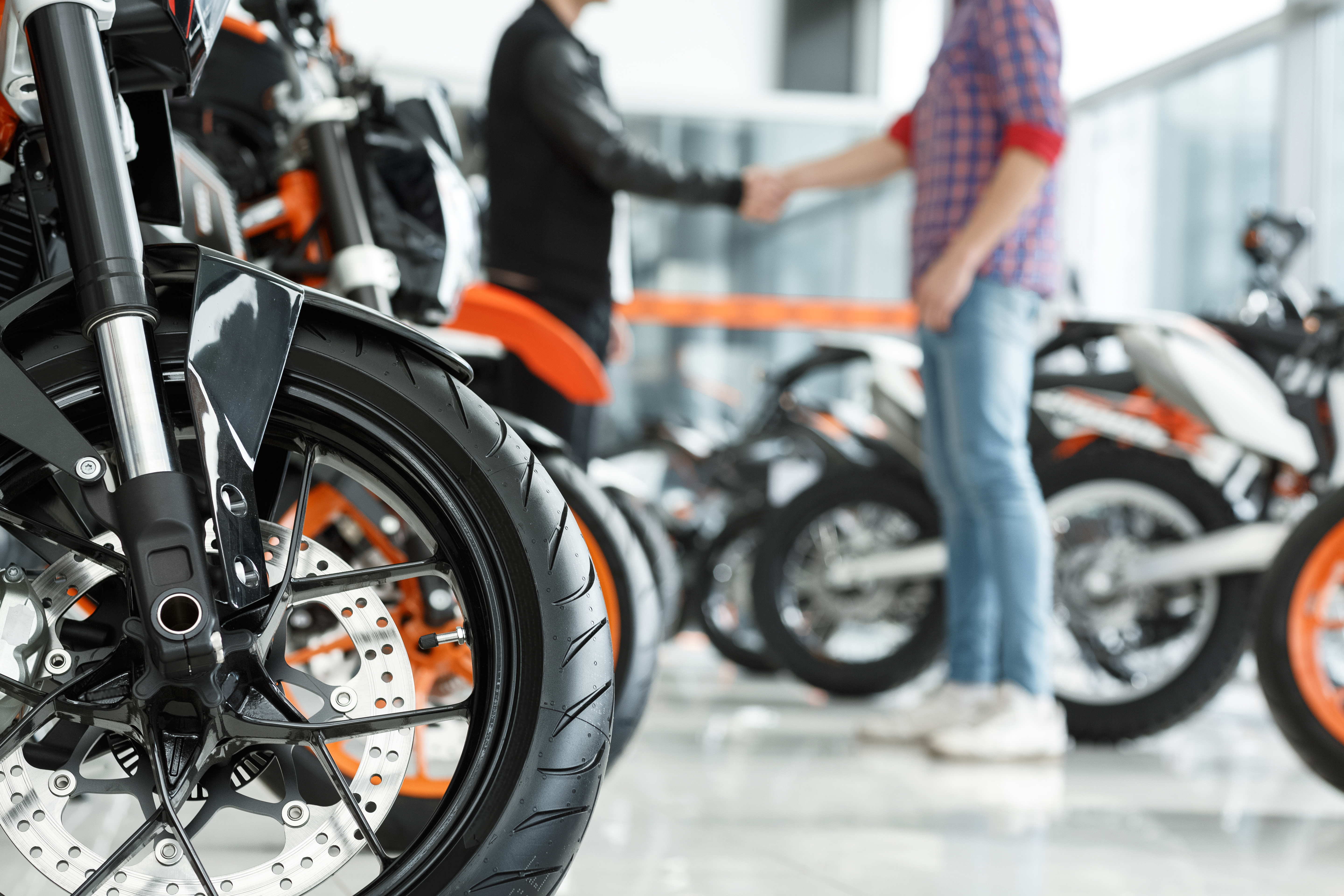
Credit: www.in.gov
Frequently Asked Questions
What Should We Check Before Buying A New Bike?
Check your budget and research bike models. Test ride for comfort and performance. Inspect the frame size and fit. Review specs and components quality. Ensure warranty and service options are adequate.
How To Decide To Buy A Motorcycle?
Assess your needs by considering usage, such as commuting or touring. Set a budget that covers the purchase and ongoing costs. Research different motorcycle models and brands. Take test rides to evaluate comfort and handling. Evaluate reliability through reviews and owner feedback before making a decision.
How Do I Choose A New Motorcycle?
Consider your riding needs, research models, and test drive potential bikes. Assess comfort, handling, and performance suitability. Ensure a good fit within your budget, including maintenance costs. Prioritize safety features and brand reliability. Seek expert opinions and read reviews.
What Is The Best Month To Buy A Motorcycle?
The best month to buy a motorcycle is typically in winter, with December through February offering the strongest deals, as dealers aim to clear inventory before the new riding season begins.
Bottom Line
Selecting the perfect motorcycle requires thoughtful consideration. Balance your desires with practicality, safety, and budget requirements. Remember, your choice defines your riding experience. Prioritize features that enhance comfort and performance on the road. Embark on your biking journey confidently, armed with informed decisions—your ideal motorcycle awaits.
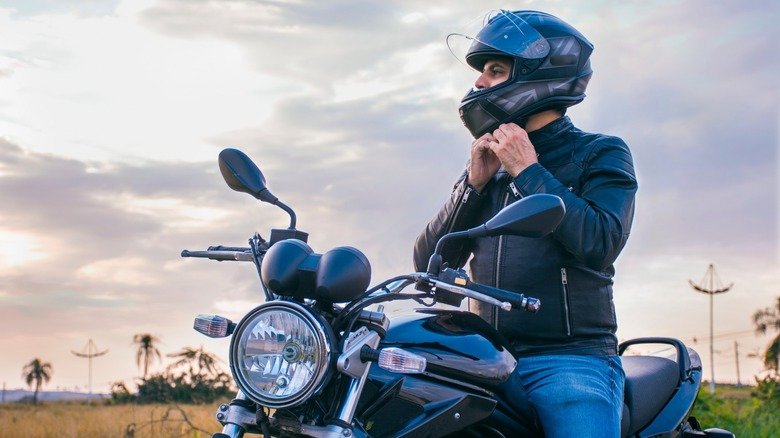
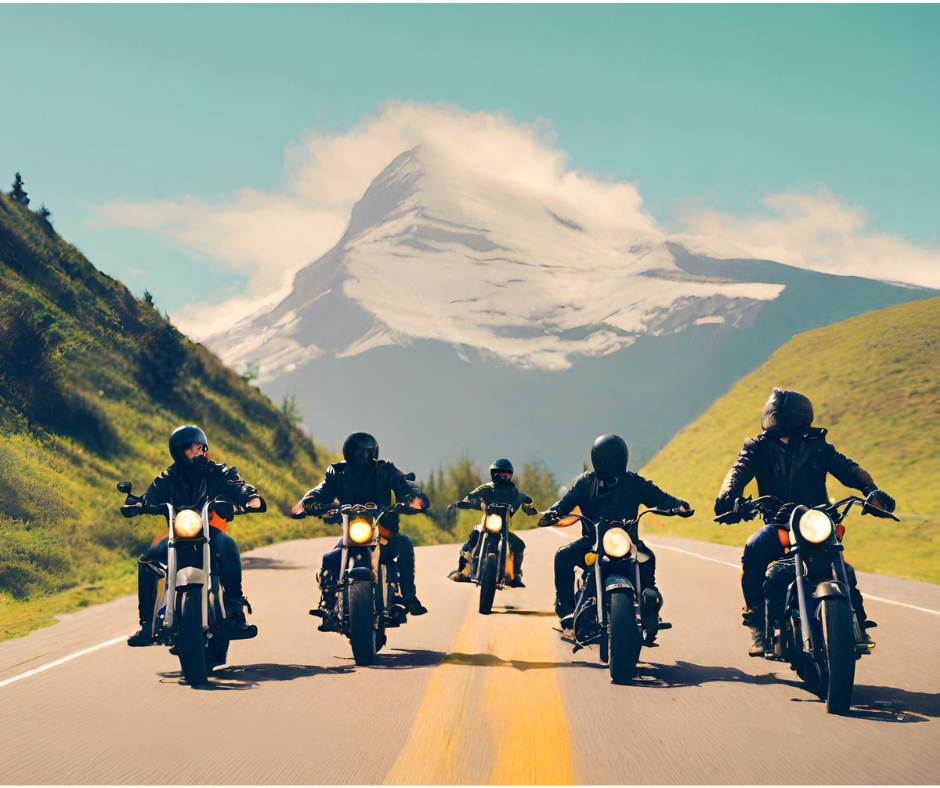
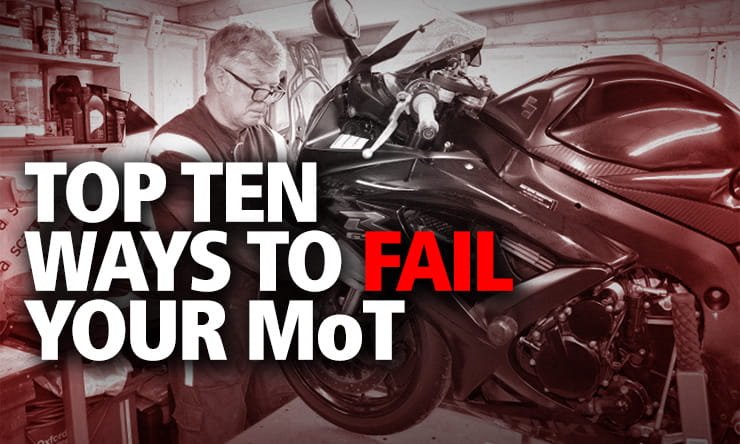
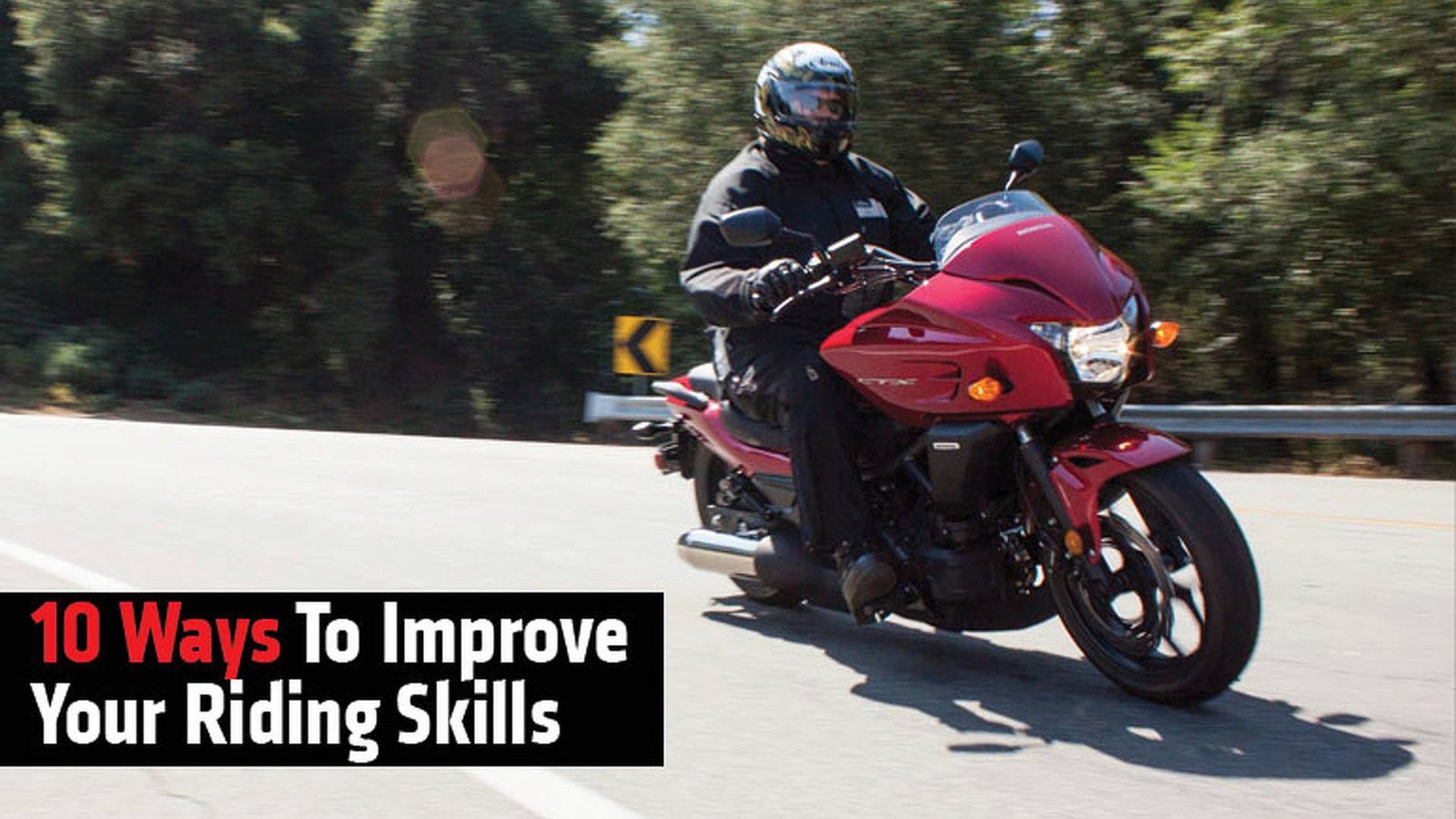
Leave a Reply